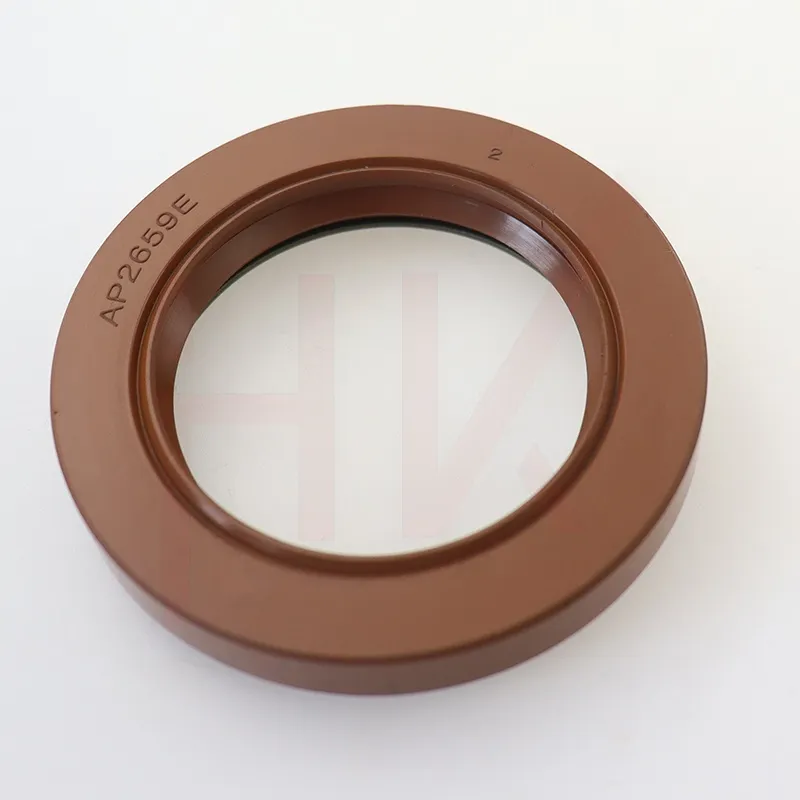Nov . 04, 2024 02:00 Back to list
hydraulic cylinder seal kit replacement
Hydraulic Cylinder Seal Kit Replacement A Comprehensive Guide
Hydraulic cylinders are integral components in various machines, from construction equipment to industrial machinery. These cylinders convert hydraulic energy into mechanical force, allowing for powerful lifting and pushing actions. However, like any mechanical system, they can encounter issues over time, particularly with their seals. This article covers the essentials of hydraulic cylinder seal kit replacement.
Over time, the seals within a hydraulic cylinder can wear out due to factors such as extreme temperatures, pressure fluctuations, and contamination from dirt or debris. A failing seal can lead to hydraulic fluid leaks, reducing the efficiency of the system and potentially causing catastrophic failures if not addressed promptly.
The first step in replacing a hydraulic cylinder seal kit is to properly identify the issue. Signs of a failing seal often include noticeable leaks around the cylinder, reduced performance, or an inability to hold pressure. Once a problem is confirmed, the next step is to acquire the correct seal kit tailored for the specific hydraulic cylinder model.
Before proceeding with the replacement, ensure that you have the necessary tools. Typically, you will need wrenches, a scrapper for old seal removal, clean rags for wiping surfaces, and potentially a torque wrench for reassembly. Safety equipment such as gloves and goggles is essential to protect against hydraulic fluid.
To begin the replacement process, follow these general steps
hydraulic cylinder seal kit replacement

2. Remove the Cylinder Carefully detach the hydraulic cylinder from the machine, taking care to note how it is connected for reinstallation.
3. Disassemble the Cylinder Remove end caps or retaining rings to access the internal seals. Take caution to avoid damaging any components during disassembly.
4. Replace Seals Remove the old seals and clean the seating surfaces thoroughly. Install the new seals from the replacement kit, ensuring they are positioned correctly.
5. Reassemble the Cylinder Carefully reassemble the cylinder, making sure all components are aligned and securely fitted.
6. Reinstall the Cylinder Attach the cylinder back to the machine and reconnect it to the hydraulic system.
Finally, once everything is installed, perform a pressure test to check for any leaks and confirm that the system functions as intended. Regular maintenance and timely seal replacements can significantly extend the lifespan of hydraulic cylinders and ensure the efficient operation of machinery.
-
Wiper Oil Seal: Our Commitment to Clean Hydraulics
NewsAug.13,2025
-
Hydraulic Oil Seal for Self Discharging Cars
NewsAug.13,2025
-
Hub Oil Seal for Agricultural Tractor Hubs
NewsAug.13,2025
-
Skeleton Oil Seal with NBR Material
NewsAug.13,2025
-
Rotary Lip Seal for High Pressure Applications
NewsAug.13,2025
-
Cylinder Seal Kits Our Legacy of Hydraulic Trust
NewsAug.13,2025
-
Unlocking the Potential of Hydraulic Systems with Essential Sealing Solutions
NewsAug.06,2025
Products categories
















